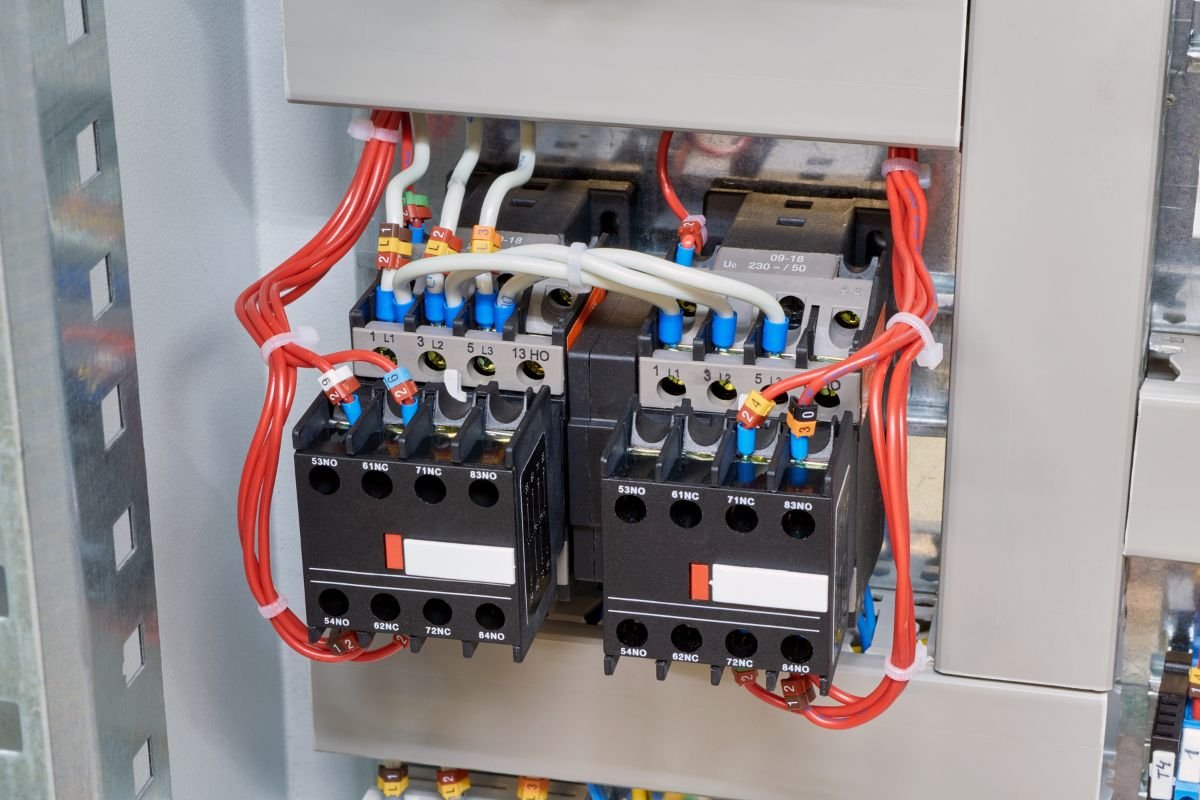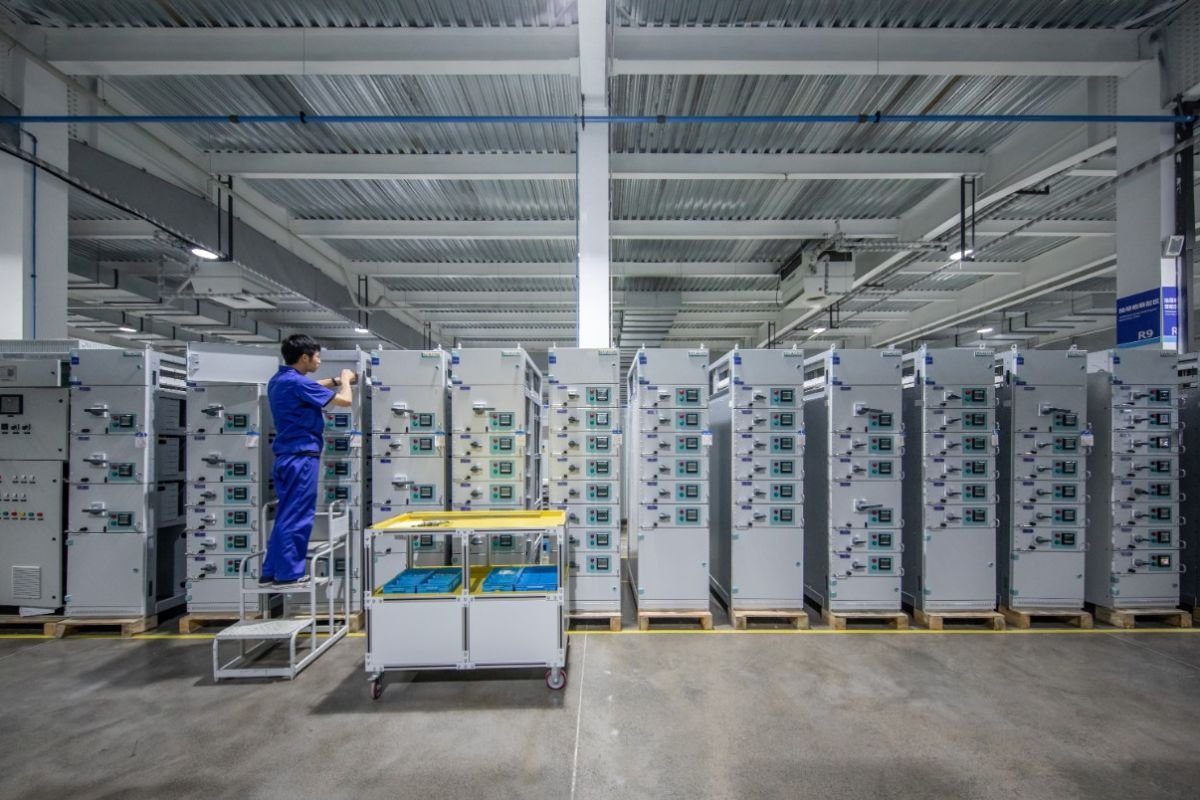Modern industries run on automation — where precision, safety, and uptime define success. From manufacturing lines to HVAC systems and water treatment plants, electric motors keep everything moving. But at the core of every motor control system lies an often-overlooked component: the contactor in automation.
In industrial automation, reliable contactors make the difference between continuous operation and costly downtime. Components such as the CHINT contactor illustrate how advances in design and materials help ensure dependable performance in challenging environments. These devices are built to handle frequent switching operations, extreme conditions, and demanding industrial loads without compromising safety or efficiency.
As automation technology evolves, the role of robust and intelligently designed contactors becomes even more essential in maintaining seamless and sustainable operations.
Understanding Contactors and Their Role: The Importance of a Contactor in Automation
What Is a Contactor?
A contactor is an electrically controlled switch used to control high-power electrical circuits. It acts as a bridge between the control system and the motor, managing when power is applied and disconnected.
Unlike standard relays that handle smaller loads, a CHINT contactor is engineered for heavy-duty switching, frequent operation, and high current flow — making them essential to motor-driven automation systems.
How Contactors Work?
When an electrical current energizes the contactor’s coil, it creates a magnetic field that pulls the contacts together, closing the circuit and allowing current to flow to the motor. When the coil is de-energized, the contacts separate, cutting off power safely.
This simple mechanism enables fast, reliable, and repetitive switching — critical for processes that run continuously or start and stop frequently.
Why Reliability Matters in Motor Control
Preventing Downtime
In production environments, even a brief stoppage can have cascading effects — halting operations, delaying output, and increasing costs. A reliable contactor ensures that motors start and stop consistently, reducing unplanned interruptions.
Ensuring Safety
High currents and inductive loads can generate dangerous electrical arcs. Quality contactors incorporate arc suppression and protective enclosures, reducing risks of equipment damage or electrical faults.
Extending Equipment Life
Frequent switching can degrade contact surfaces and coils over time. Durable contactors designed for mechanical endurance help maintain system performance and reduce the frequency of replacements or repairs.
Features That Define a Reliable Contactor

When assessing contactors — including trusted brands such as the CHINT contactor — engineers typically consider the following technical characteristics:
- Operational Current Range: From 6A to 630A depending on the model and application.
- Voltage Handling: Operational voltage up to 690V AC and insulation voltage up to 1000V.
- Pole Configurations: Available in both 3-pole and 4-pole versions for different circuit setups.
- Coil Options: Operate on AC or DC control voltage depending on the system.
- Durability: Designed for frequent starting and stopping of AC motors, with up to 1,000,000 mechanical operations.
- Temperature Tolerance: Typically rated for ambient conditions from -35°C to +70°C.
- Safety and Compliance: Conformity with IEC/EN 60947 standards ensures global compatibility and safety.
- Auxiliary Contacts: Provide additional control logic or feedback functions.
- Mounting Flexibility: Rail or screw mounting for easy installation.
- Altitude Performance: Operates reliably up to 2000m without derating.
These design elements enable contactors to perform consistently in harsh industrial conditions while supporting both safety and energy efficiency.
The Broader Role of Contactor in Automation
Motor Starting and Protection
Contactors are vital in motor starters, often paired with overload relays to protect motors from current surges or overheating. They allow controlled power delivery, reducing mechanical stress and extending motor lifespan.
Integration with Control Systems
Modern automation requires seamless integration between electromechanical and digital systems. Contactors act as the interface between PLCs (Programmable Logic Controllers) and power circuits — translating control signals into physical actions.
Efficiency and Smart Control
As industries adopt smart automation, contactors are evolving too. Some newer models feature monitoring capabilities that track operational status and wear, supporting predictive maintenance strategies.
Emerging Trends in Contactor Technology

Smart and Connected Components
The rise of the Industrial Internet of Things (IIoT) is transforming traditional components into intelligent devices. Smart contactors can transmit performance data, helping facilities monitor coil temperatures, switching frequency, and contact health remotely.
Sustainability and Eco-Efficiency
Modern contactors are being engineered with energy-efficient coils, recyclable materials, and eco-compliant designs that align with global sustainability goals — reducing both energy consumption and electronic waste.
Design for Harsh Environments
As automation expands into mining, marine, and renewable sectors, contactors must endure vibration, dust, humidity, and extreme temperatures. Advances in materials and insulation technology ensure continued performance under such demanding conditions.
Choosing the Right Contactor for Your Application
Selecting a contactor in automation isn’t just about specifications — it’s fundamentally about system compatibility and long-term reliability. Consider the following:
| Factor | Consideration |
| Load Type | Match contactor design to resistive or inductive loads. |
| Current & Voltage Ratings | Ensure safe operation under nominal and surge conditions. |
| Frequency of Operation | Higher duty cycles require greater mechanical endurance. |
| Environmental Conditions | Evaluate protection against temperature, dust, and vibration. |
| Control Voltage | Choose between AC or DC coil models based on circuit design. |
Manufacturers like CHINT offer a wide range of contactors designed to meet diverse industrial requirements, from compact control panels to high-power motor systems. Each CHINT contactor is built in compliance with international standards, ensuring consistent performance across different applications and environments. By evaluating these factors, you can ensure optimal motor performance, energy efficiency, and system longevity.
Why Contactors Remain Central to Automation?

While digital controls and smart sensors dominate discussions about Industry 4.0, contactors remain the fundamental link between digital commands and mechanical motion. They translate programming logic into real-world action — safely, reliably, and repeatedly.
In this sense, they are not just components but the heartbeat of industrial automation, ensuring that the systems driving our modern world remain responsive, safe, and efficient.
Conclusion
From simple motor circuits to complex automated plants, the contactor in automation serves as the critical bridge between control and power. Its reliability determines how efficiently and safely automation systems perform.
CHINT contactors, recognized for their compliance with global standards and robust engineering, demonstrate how modern contactors can blend durability, efficiency, and innovation — ensuring motor control systems that meet the demands of today’s industries. Reliable contactors don’t just switch power — they keep the world’s automation heartbeat steady.


















